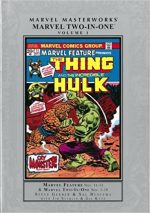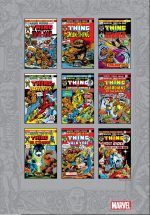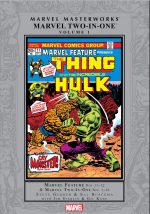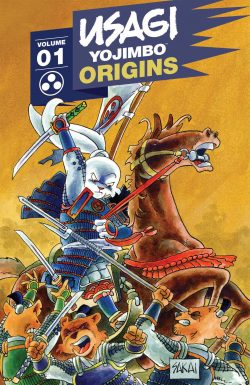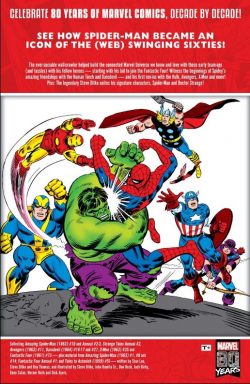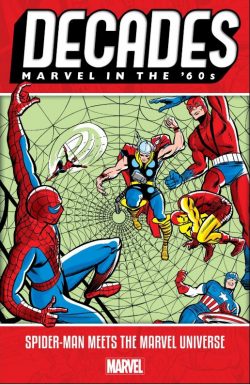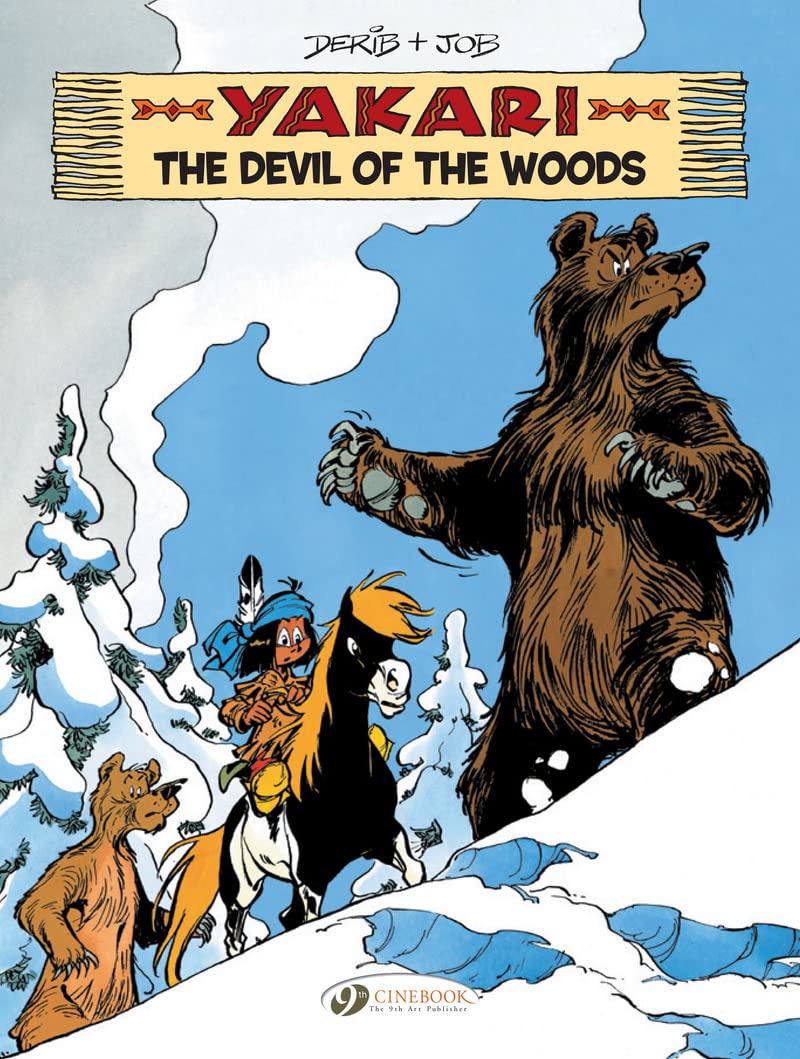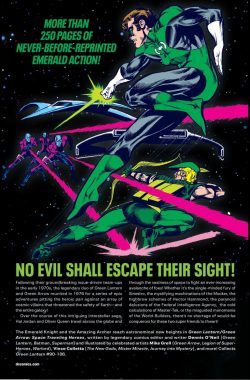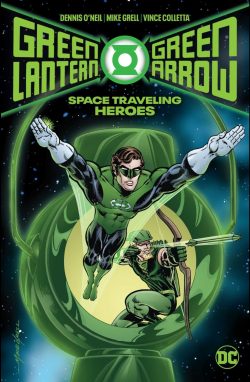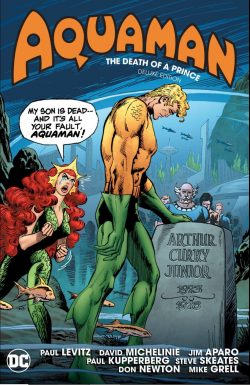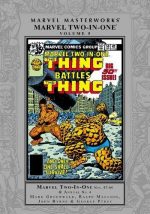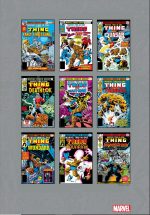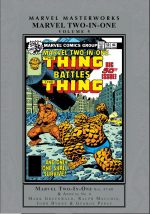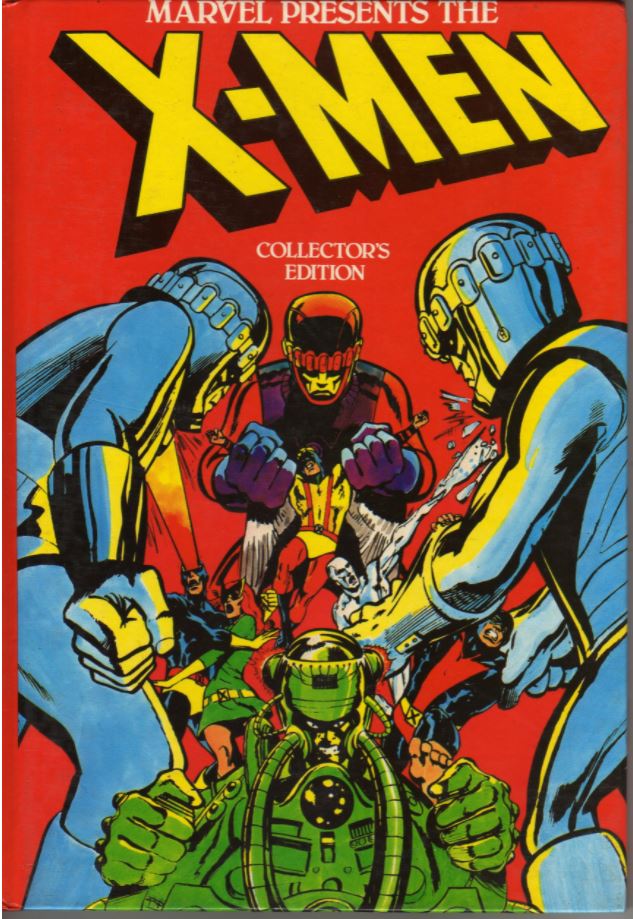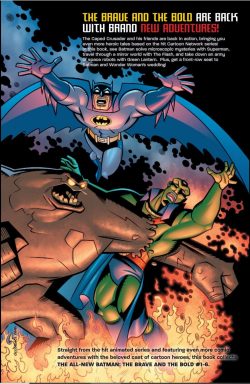
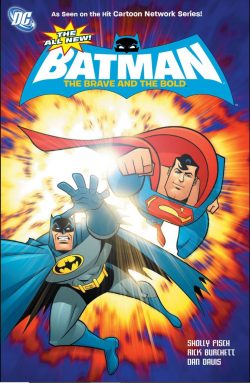
By Sholly Fisch, Rick Burchett, Dan Davis & various (DC Comics)
ISBN: 978-1-4012-3272-6 (TPB)
The Brave and the Bold premiered in 1955 as an anthology adventure comic featuring short complete tales about a variety of period heroes: a format reflecting the era’s filmic fascination with flamboyantly fanciful historical dramas. Devised and written by Bob Kanigher, issue #1 led with Roman epic Golden Gladiator, medieval mystery-man The Silent Knight and Joe Kubert’s Viking Prince. Soon the Gladiator was alternated with Robin Hood, but the adventure theme carried the title until the end of the decade when the burgeoning costumed character revival saw B&B transform into a try-out vehicle like Showcase.
Used to premiere concepts and characters such as Task Force X: The Suicide Squad, Cave Carson, Hawkman and Strange Sports Stories as well as the epochal Justice League of America, the comic soldiered on until issue #50 when it found another innovative new direction which once again caught the public’s imagination.
That issue paired two superheroes – Green Arrow and Martian Manhunter – in a one-off team-up, and was followed by more of the same: Aquaman and Hawkman in #51, WWII “Battle Stars†Sgt. Rock, Captain Cloud, Mme. Marie & the Haunted Tank in #52 and The Atom & Flash in #53.
The next instant union – Robin, Aqualad and Kid Flash – evolved into Teen Titans and after Metal Men/the Atom and Flash/Martian Manhunter appeared, a new hero debuted in #57-58: Metamorpho, the Element Man.
From then it was back to the increasingly popular superhero pairings with #59. Although no one realised it at the time, that particular conjunction – Batman with Green Lantern – would be particularly significant….
A return engagement for the Teen Titans, issues spotlighting Earth-Two stalwarts Starman and Black Canary and Earth-One’s Wonder Woman and Supergirl soon gave way to an indication of things to come when Batman returned to duel hero/villain Eclipso in #64: an early acknowledgement of the brewing TV-induced mania mere months away.
Within two issues (following Flash/Doom Patrol and Metamorpho/Metal Men), B&B #67 saw the Caped Crusader take de facto control of the title and a lion’s share of team-ups. With the late exception of #72 and 73 (Spectre/Flash and Aquaman/Atom), the title was henceforth a place where the Gotham Gangbuster invited the rest of DC’s heroic pantheon to come and play…
Decades later, Batman: The Animated Series – masterminded by Bruce Timm and Paul Dini in the 1990s – revolutionised the Dark Knight and subsequently led to some of the absolute best comic book adventures in his 80-year publishing history. It also led to a spin-off print title…
With constant funnybook iterations and tie-ins to a succession of TV animation series, Batman has remained immensely popular and a sublime introducer of kids to the magical world of the printed page. One fun-filled incarnation was Batman: The Brave and the Bold, which gloriously celebrated the team up in both its all-ages small-screen and comicbook spin-off.
Shamelessly and superbly plundering decades of continuity arcana in a profusion of alliances between the Dark Knight and DC’s lesser creations, the show was supplemented by a cool kid’s periodical full of fun, verve and swashbuckling dash, cunningly crafted to appeal as much to the parents and grandparents as those fresh-faced neophyte kids…
This stellar trade paperback and digital collection re-presents issues #1-6 of the second series – The All-New Batman: The Brave and the Bold – in an immensely entertaining all-ages ensemble suitable for newcomers, fans and aficionados of all ages. It was originally released between January and June 2011. Although absolutely unnecessary to the reader’s enjoyment, a passing familiarity with the TV episodes will enhance the overall experience as will knowledge of the bizarre minutiae of 1960s and 1970s DC lore…
Crafted by Sholly Fisch, Rich Burchett & Dan Davis and following the format of the TV show, each tale opens with a brief vignette/prequel adventure before telling a longer tale. TA-NB:TB&TB (last time I’m typing that!) #1 sees the Caped Crimebuster battle Joker robots beside Black Canary before main feature ‘Bottle of the Planets’ reunites him the “World’s Finest†partner in a devious mystery set in the last outpost of Krypton: the Bottled City of Kandor…
Having successfully solved the case of vanishing super-weapons, Batman teams with talking tiger Mr. Tawky-Tawny, magical (Captain) Marvel Shazam and his gods-powered family to save Christmas in ‘That Holiday Feeling’. That involves finding, fighting and foiling the emotion-bending Psycho-Pirate whilst #3 sees Flash (two, actually) and the Dark Knight hunting Mirror Master and the Mad Hatter through a mirror dimension inhabited by all the characters from Lewis Carroll’s books. Curiouser and curiouser …
Wonder Woman headlines in #4 as irate godling Eros seeks to teach her a lesson by using his arrows to instigate a wedding in ‘The Bride and the Bold’. The ceremony between Bat and Amazon sparks a lot of interest and – thanks to jealous Talia Al Ghul – a wave of super-villain attacks and the biggest wedding party brawl of all time before order and sense are restored…
‘Man-Hunted’ find Batman and Emerald jerk Guy Gardner fractiously allied to defeat a legion of the killer robots, but diverted to other realms to save a glorious enclave of nigh-forgotten 1960s alien beasts and sidekicks like Cryll and Zook(look them up, I double-dog dare ya…) from manic main man Lobo…
Ending this excellent excursion through DC’s daftest corridors is a beguiling contest between the Dark Knight Detective and Martian Manhunter J’onn J’onzz who tests his abilities against classic observation and deduction in ‘Now You see Me…’; sadly the salutary learning experience goes slightly awry when the calamitous Clayface is accidentally exposed…
Despite being ostensibly aimed at TV-addicted kids, these mini-sagas are wonderful, traditional comics thrillers no self-respecting fun-fan should miss: accessible, splendidly rendered yarns for the broadest range of excitement-seeking readers. This is a fabulous rollercoaster ride confirming the now-seamless link between animated features and comic books. After all, it’s just adventure entertainment in the end; really unmissable entertainment…
What more do you need to know?
© 2010, 2011 DC Comics. All Rights Reserved.

